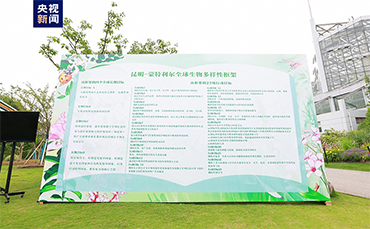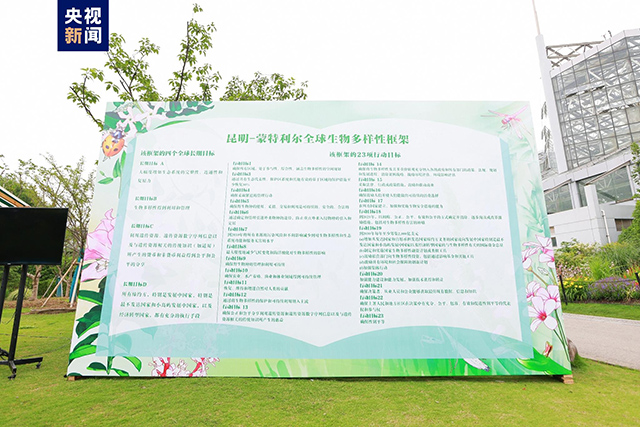



Source: http://www.planning.org.cn/uploads/ueditor/image/20230522/1684723070400943.jpg
On May 21, the main event of the 2023 Shanghai International Biodiversity Day, with the theme "From Agreement to Collaboration: Restore Biodiversity", was held at the Shanghai Botanical Garden. On the day of the event, Shanghai Botanical Garden initiated the establishment of Shanghai's first alliance on the theme of species relocation and conservation, working together to strengthen the relocation conservation and preservation of important species and biological resources, and continuously improve the level of biodiversity conservation. At the same time, Shanghai's first large-scale, systematic and comprehensive biodiversity background survey and assessment was launched to implement the "Kunming-Montreal Global Biodiversity Framework" and promote the development of higher quality biodiversity conservation. The event also announced the launch of the pilot construction of the city's biodiversity experience center, Shanghai Botanical Garden, Xuhui Huajing section of the ecological park belt around the city, Changning District, Xinjing Town and other three were included in the first pilot construction units.
According to the Shanghai Bureau of Ecology and Environment, Shanghai has incorporated biodiversity into urban planning in an effort to improve the area, quality, connectivity and accessibility of urban blue and green spaces. Shanghai also strives to improve the diversity of urban native species and the ecological connectivity between the city and its surrounding areas, enhancing urban resilience and ecosystem service functions. Shanghai will soon release a new version of the ecological protection red line, which will further enable 90% of Shanghai's terrestrial ecosystem types and 75% of the state's key protected wildlife species to receive higher quality and effective protection. The survey of Chongming Dongtan Wetland of International Importance last year recorded more than 100,000 waterbirds of the duck family, and the number of trumpeter swans gradually rebounded to a historical high of nearly 3,000; the Yangtze finless porpoise, a national-level protected animal, reappeared at the mouth of the Yangtze River; and the construction of the ecological park belt around the city, with the outer green belt as its backbone, has achieved remarkable results. Shanghai has built more than 430 city parks, with more than 8.5 square meters of green space per capita and a total length of 1,537.78 kilometers of greenways, which constantly meeting the demand of urban residents for quality ecological products. Shanghai's urban biodiversity has been significantly improved, with species such as raccoons and kittens returning to Shanghai, and the Leyi Habitat Garden in Changning, Shanghai, has been selected as one of the UN's "100+ Global Examples of Biodiversity".
Biodiversity is the core foundation for sustainable development, and "from agreement to collaboration" requires the strength of government, society, business and every citizen. With the event as a new starting point, Shanghai welcomes social organizations, communities, and citizen scientists to actively participate in biodiversity background surveys, explore the complex functions of urban ecological space, and work together to contribute to biodiversity conservation.
Source: <http://www.planning.org.cn/news/view?id=14008&cid=12>
Translated by Gong Ye